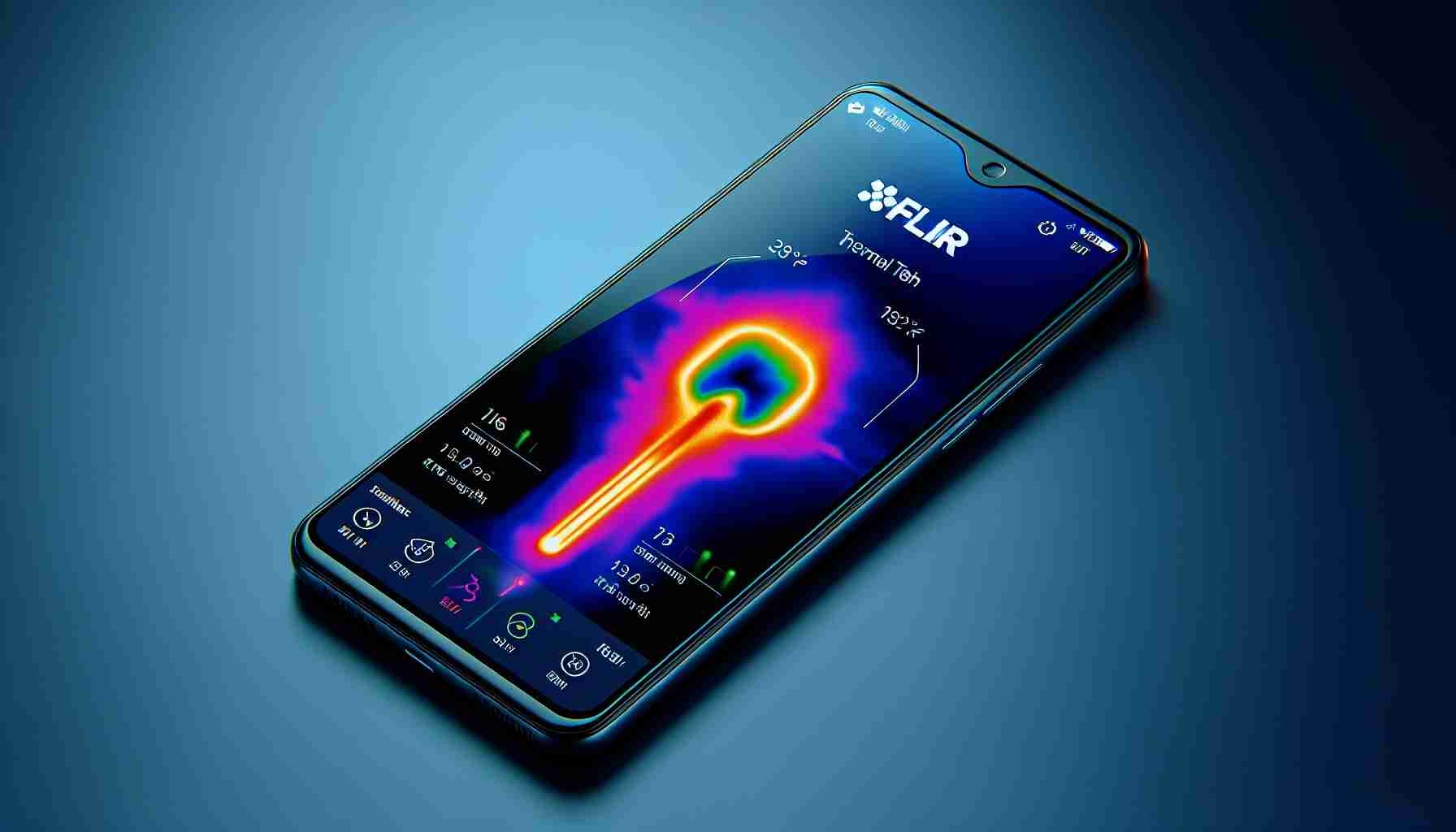A thermal camera-equipped smartphone enters the high-tech arena, offering unique imaging capabilities for both professional and personal use. The Blackview BL9000 Pro stands out with its embedded thermal imaging camera, featuring FLIR technology. This camera, with a 160 x 120 resolution, incorporates FLIR Lepton 3.5 optics to detect heat signatures for various uses, such as finding hot spots in electronic devices or detecting heat loss in buildings.
Decked with high-end features, the BL9000 Pro doesn’t hold back on overall performance either. The device sports a robust 50 MP main camera powered by an ISOCELL GN5 sensor, designed to capture detailed and vibrant photos. The visual experience is further enhanced by a 6.7-inch IPS LCD display that has a sharp 1080 x 2460 resolution and a dynamic 120 Hz refresh rate. The screen is shielded by the latest Corning Gorilla Glass Victus, ensuring durability against scratches and drops.
Underneath the surface, the BL9000 Pro is powered by a MediaTek Dimensity 8020 processor, complemented by a hefty 12GB of RAM and a vast 512GB of UFS 3.1 storage, ensuring smooth multitasking and ample space for apps, photos, and videos. Acoustic performance isn’t neglected either, as the phone is equipped with stereo Harman AudioEFX speakers to deliver high-fidelity sound.
Considering durability, the Blackview BL9000 Pro has earned IP68 and IP69K ratings, signifying its robustness against water, dust, and extreme conditions. The immense 8800 mAh battery means it’s ready for extended use without frequent charging. The smartphone operates on DokeOS 4.0, based on Android 14, providing an up-to-date and user-friendly interface. The Blackview BL9000 Pro is available for purchase on Aliexpress, priced at $528 USD.
Importance of FLIR Technology in Smartphones
FLIR thermal imaging technology provides a significant advantage to professional users such as electricians, construction workers, and emergency responders, who need to detect heat signatures for their work. For personal use, it can be useful for home diagnostics, outdoor adventures, or even as a unique photography tool to capture images not possible with standard cameras.
Key Questions & Answers:
– What are the practical applications of the thermal camera? The thermal camera can be used for home inspections, HVAC checks, energy auditing, wildlife observation, and during search and rescue operations.
– How does the FLIR camera work on the Blackview BL9000 Pro? The FLIR camera uses the Lepton 3.5 sensor to capture thermal radiation and present it as visible images, allowing users to see heat differences.
Key Challenges & Controversies:
– One key challenge is ensuring that users understand how to interpret thermal images correctly, as misinterpretation might lead to incorrect conclusions.
– The high cost of embedding such sophisticated technology might be controversial among budget-conscious customers.
Advantages & Disadvantages:
Advantages:
– Thermal imaging capability offers a wide range of professional and personal applications.
– High-end features such as 50 MP main camera and 120 Hz display provide an excellent multimedia experience.
– Robust design with IP68 and IP69K ratings ensures durability in challenging environments.
Disadvantages:
– Thermal imaging resolution (160 x 120) may be lower than what is available in standalone thermal cameras.
– The additional technology might make the device more expensive compared to standard smartphones.
– The niche feature set of the FLIR camera may not appeal to the average consumer who prioritizes typical smartphone features.
For further information on FLIR Systems and their technologies, you can visit their official website at FLIR Systems. If you’re interested in MediaTek processors, you can learn more at MediaTek. For updates on the durability of smartphone glass, you can check out Corning, the manufacturer of Gorilla Glass. Please note the availability of products, their specifications, and prices may vary based on the region and over time.
